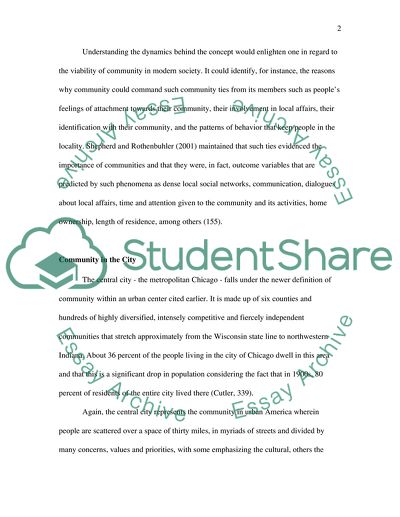Cite this document
(Community in Cities and Small Towns Suburbs Research Paper, n.d.)
Community in Cities and Small Towns Suburbs Research Paper. Retrieved from https://studentshare.org/social-science/1739071-community-in-cities-small-towns-suburbs
Community in Cities and Small Towns Suburbs Research Paper. Retrieved from https://studentshare.org/social-science/1739071-community-in-cities-small-towns-suburbs
(Community in Cities and Small Towns Suburbs Research Paper)
Community in Cities and Small Towns Suburbs Research Paper. https://studentshare.org/social-science/1739071-community-in-cities-small-towns-suburbs.
Community in Cities and Small Towns Suburbs Research Paper. https://studentshare.org/social-science/1739071-community-in-cities-small-towns-suburbs.
“Community in Cities and Small Towns Suburbs Research Paper”, n.d. https://studentshare.org/social-science/1739071-community-in-cities-small-towns-suburbs.


